It takes thousands of people to build a lunar spacecraft, let’s meet them and see what they do. Today: ESA’s Jan-Henrik Horstmann.
What is your name and your role in the European Service Module programme?
My name is Jan-Henrik Horstmann, I’m the new ESA Programme Manager for the Orion European Service Module (ESM).
How long have you been involved in European Service Module’s development and what were/are your tasks?
I was involved in the programme from 2012 to 2016 when working for Airbus Defence and Space in Bremen in Programme Management and Systems Engineering. At that time, I led the preparation of the proposals for the ESM development and the activities leading to the initial major design reviews up to the critical design review.
I then took over different tasks in Airbus Headquarters and Airbus Commercial Aircraft before I joined ESA in November last year to take over the lead of the ESM Programme.
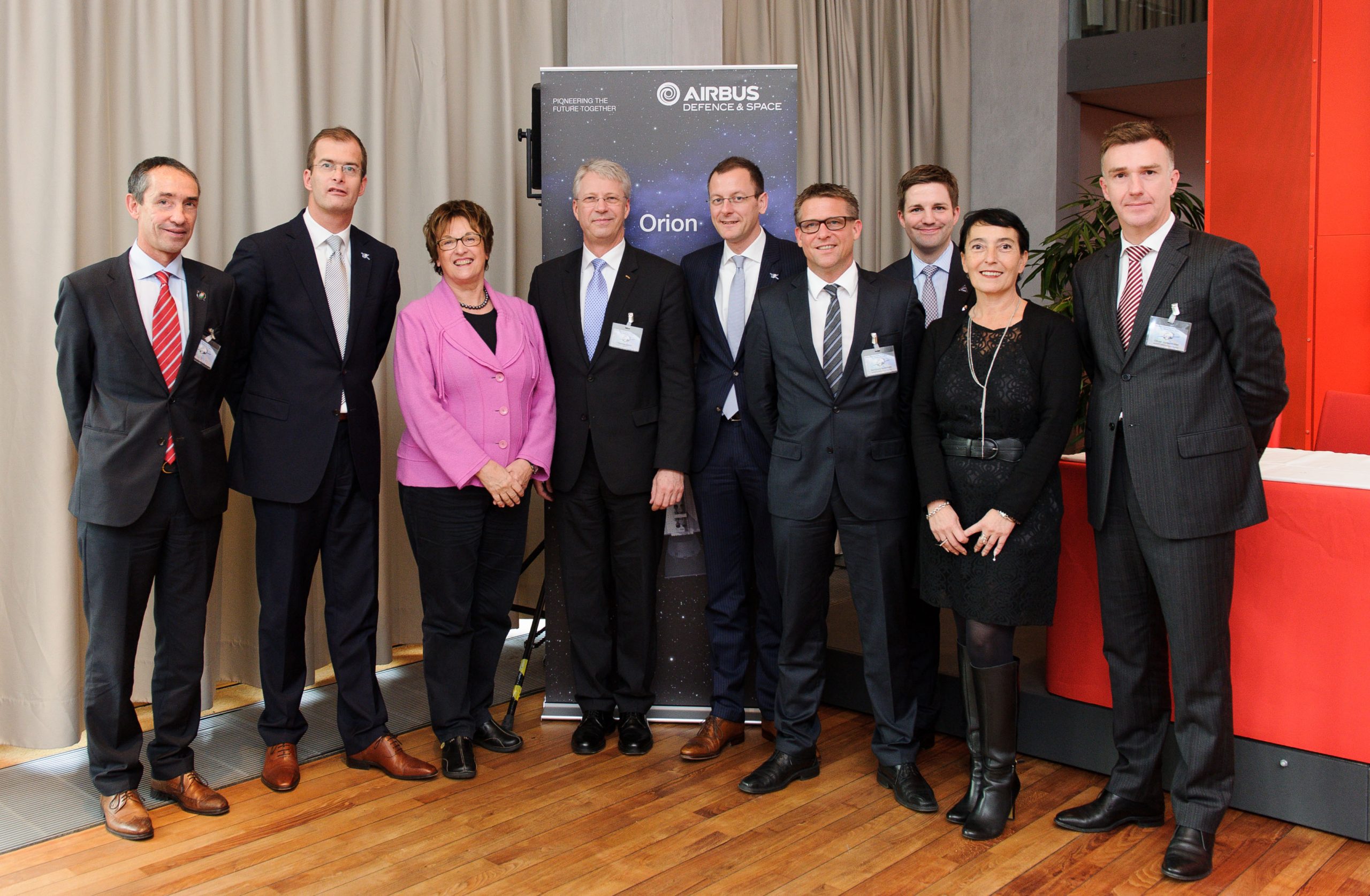
Signature of the development contract between ESA and Airbus for the European Service Module in 2014. Credit: Airbus Defence and Space
What is your educational background and prior work experience? How did you come to work on the European Service Module?
Space has been at the core of my education from the very beginning. I studied mechanical engineering in a cooperative programme within the space industry, which included an apprenticeship in mechatronics that has given me invaluable hands-on experience working on launchers and spacecraft and still benefits me in my role today as a programme manager. I also have a master’s degree in systems engineering, for which I spent time with the French space agency CNES for my master’s thesis on propulsion systems.
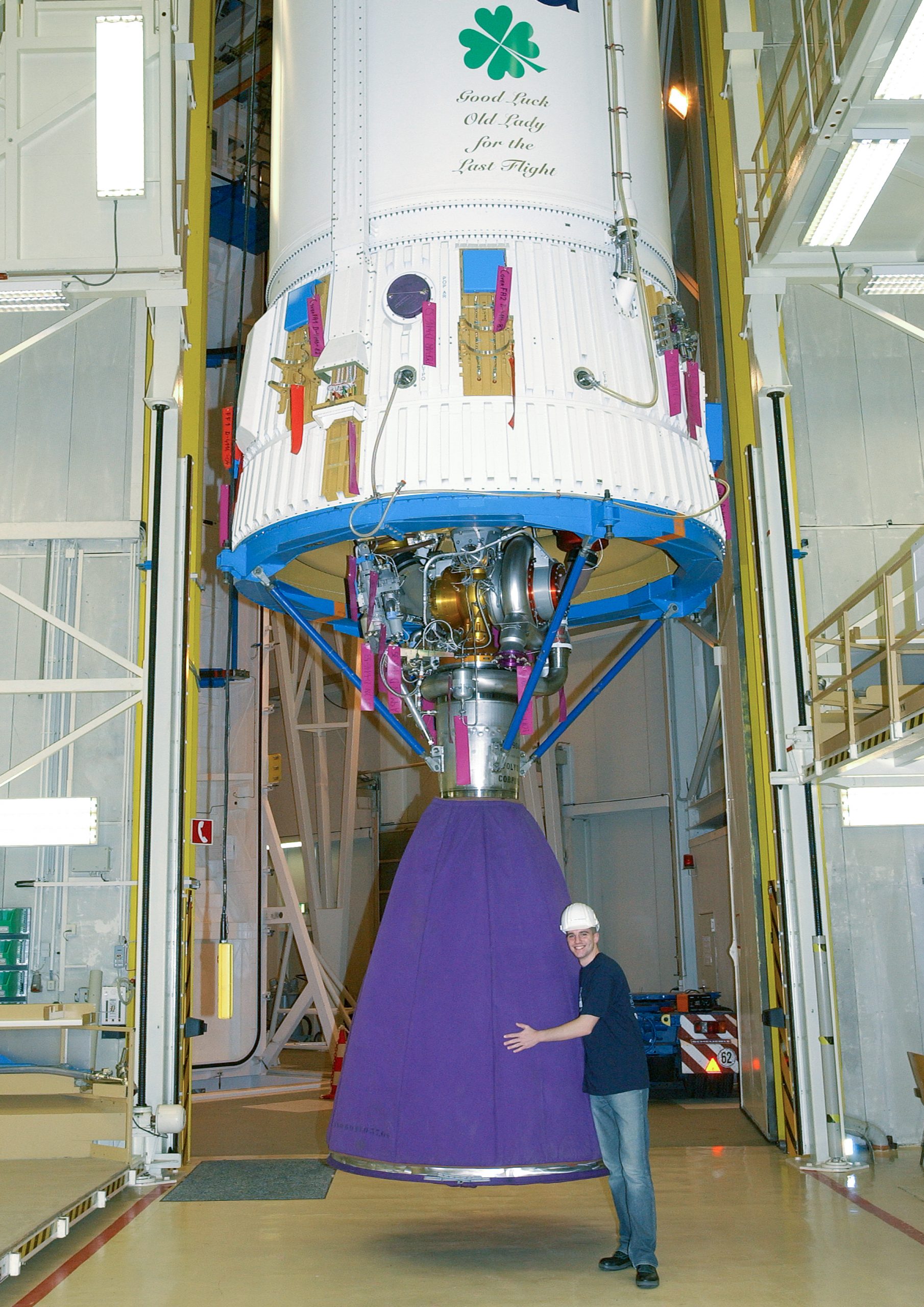
Early career: working on the last Ariane 4 as an apprentice. Credit: Airbus Defence and Space
Since then, my work experience has been quite diverse. I began working as a technical authority for the upper stage of Ariane 5 and often supported launch campaigns at Europe’s spaceport in Kourou. My next role as an executive assistant allowed me to gather first insights into programme management; this is when I led the initial Airbus proposals for the Orion ESM development. When this development ramped up, I became team leader for a local systems engineering and programme management support team, focusing on international cooperation within Europe and with our partners in the United States.
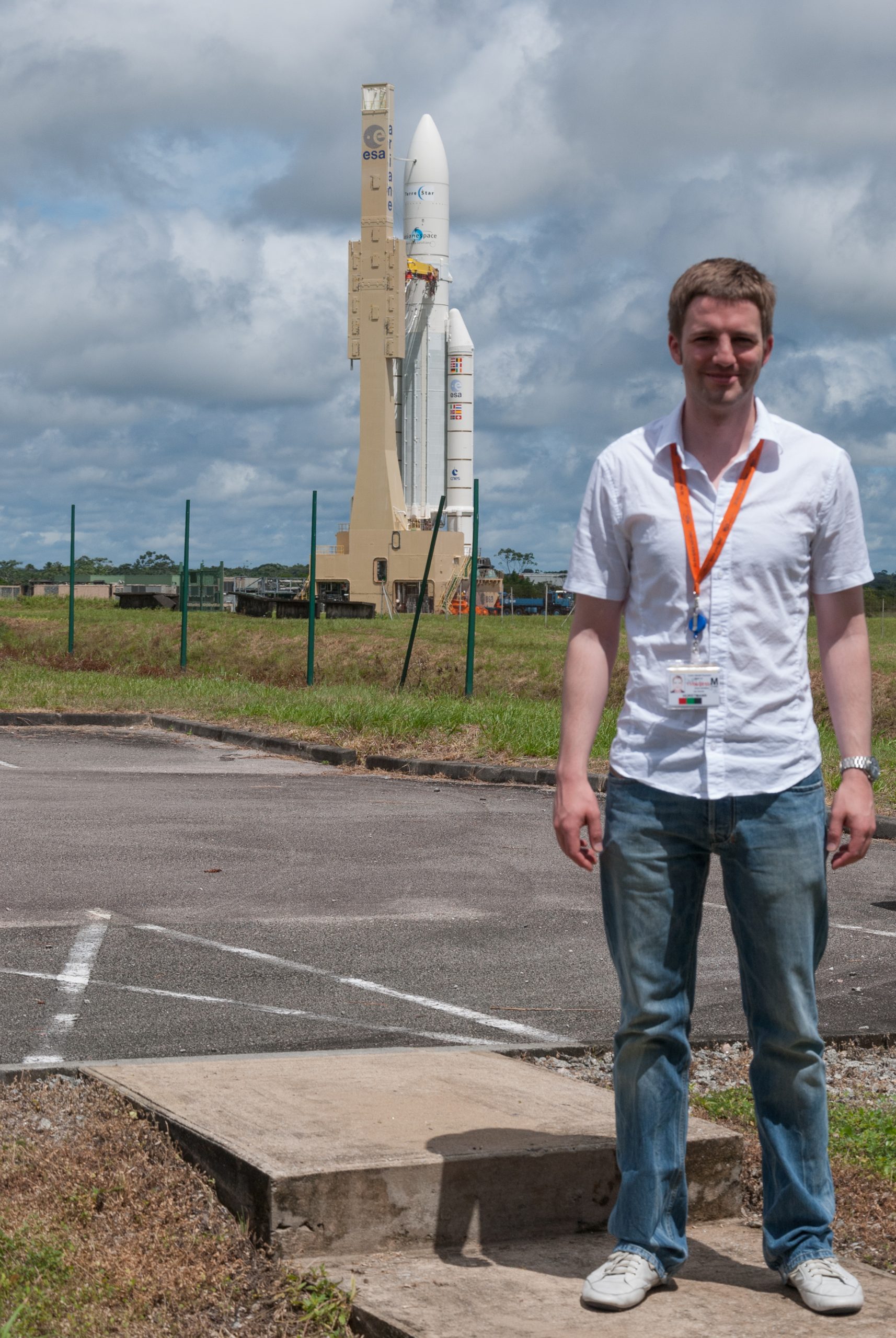
Ariane 5 rocket at Europe’s spaceport in Kourou, French Guiana. Credit: Jan-Henrik Horstmann
To gather experience outside the space sector, I then moved on to become a senior corporate auditor for programmes and operations within Airbus Headquarters before I took the lead for a complex multi-programme aircraft system development within Airbus Commercial Aircraft.
When I saw the Artemis I launch in 2022, I knew it was time for me to return to the programme and be there to witness the first European astronaut to fly to the Moon.

Artemis I launch. Credit: NASA
What is the most notable or memorable moment during your time working on the European Service Module?
Standing in front of the ESMs currently in production at Airbus in Bremen, in the same clean room in which I started my career over 20 years ago, seeing this amazing spacecraft for which I had co-authored the development plan 10 years ago come to life. This was a very satisfying feeling and I am very much looking forward to witnessing the first launch with astronauts on board.
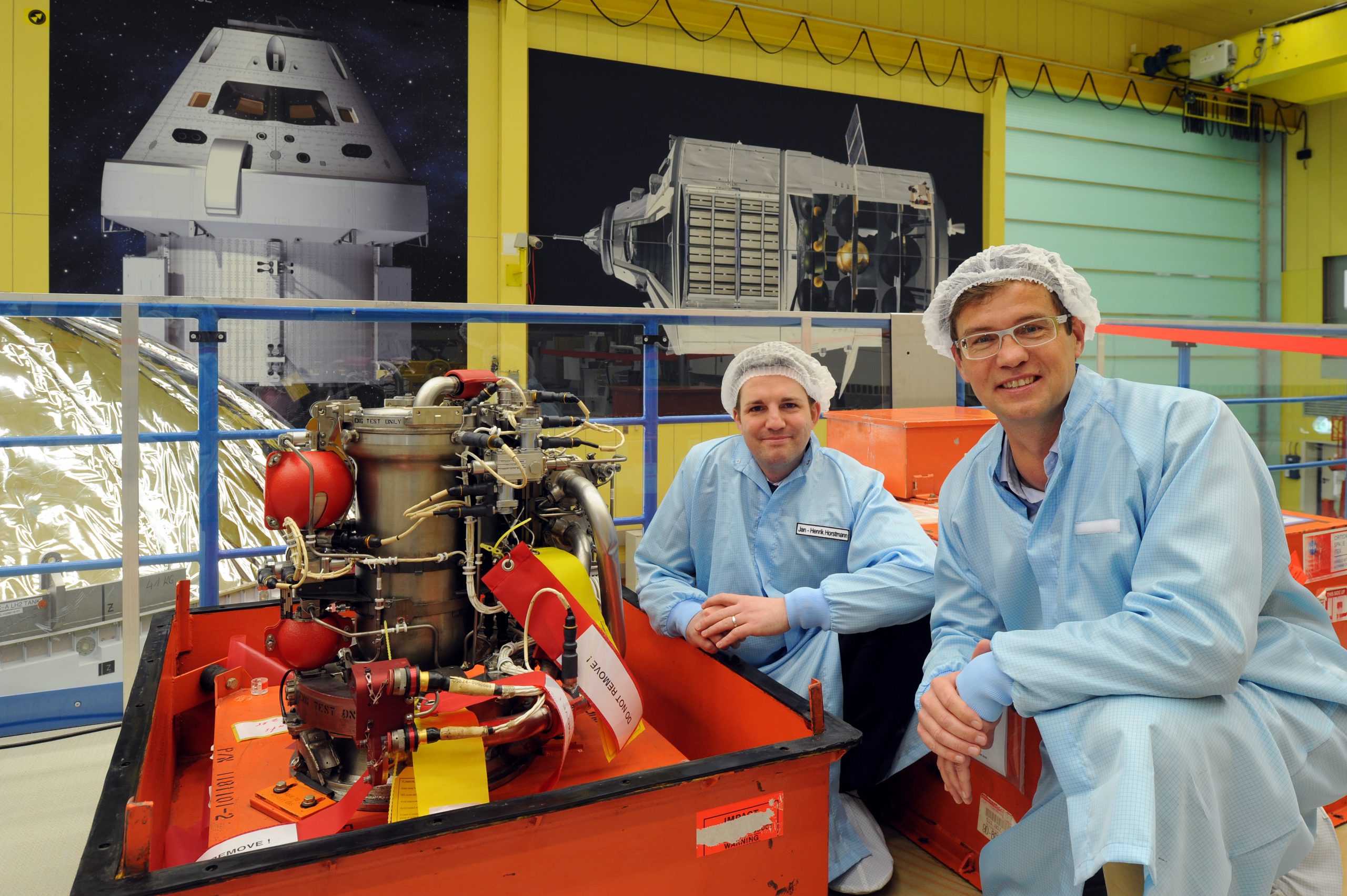
The cleanroom where European Service Modules are integrated at Airbus in Bremen. Credit: Airbus Defence and Space
What does it mean to you to be part of the larger team offering humans a place to stay around the Moon?
Growing up, I was inspired by the Apollo programme to become an engineer and pursue a career in space – more than 25 years after the programme was finished!
For me it is a once in a lifetime opportunity to be part of the Artemis programme, and I’m very grateful to ESA for giving me this chance to work on missions that, as Apollo before, may inspire future generations around the globe for decades to come!
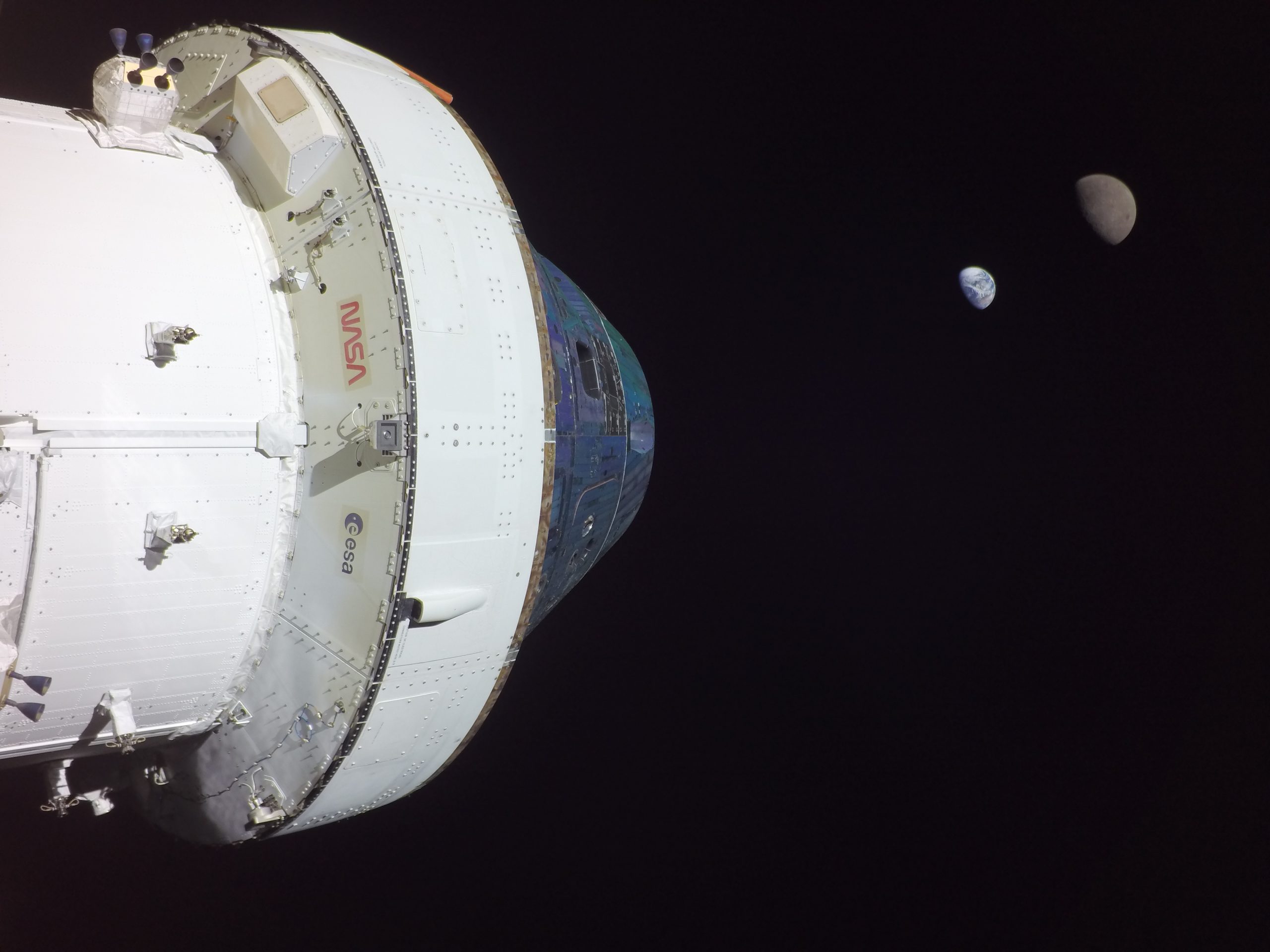
A family portrait of the Moon, Earth, and the Orion vehicle powered by the European Service Module, captured during Artemis I. Credit: NASA
What is one thing you’d like the European public to know about your job?
I witness the power of European cooperation every day, and we can be very proud of what Europe can achieve when we work together!
Do you have any advice for future generations interested in space exploration?
Many roads can lead you into space and to the Moon! Looking back at my own path so far, keeping an open mind and a willingness to get out of my comfort zone again and again were key in getting me here…
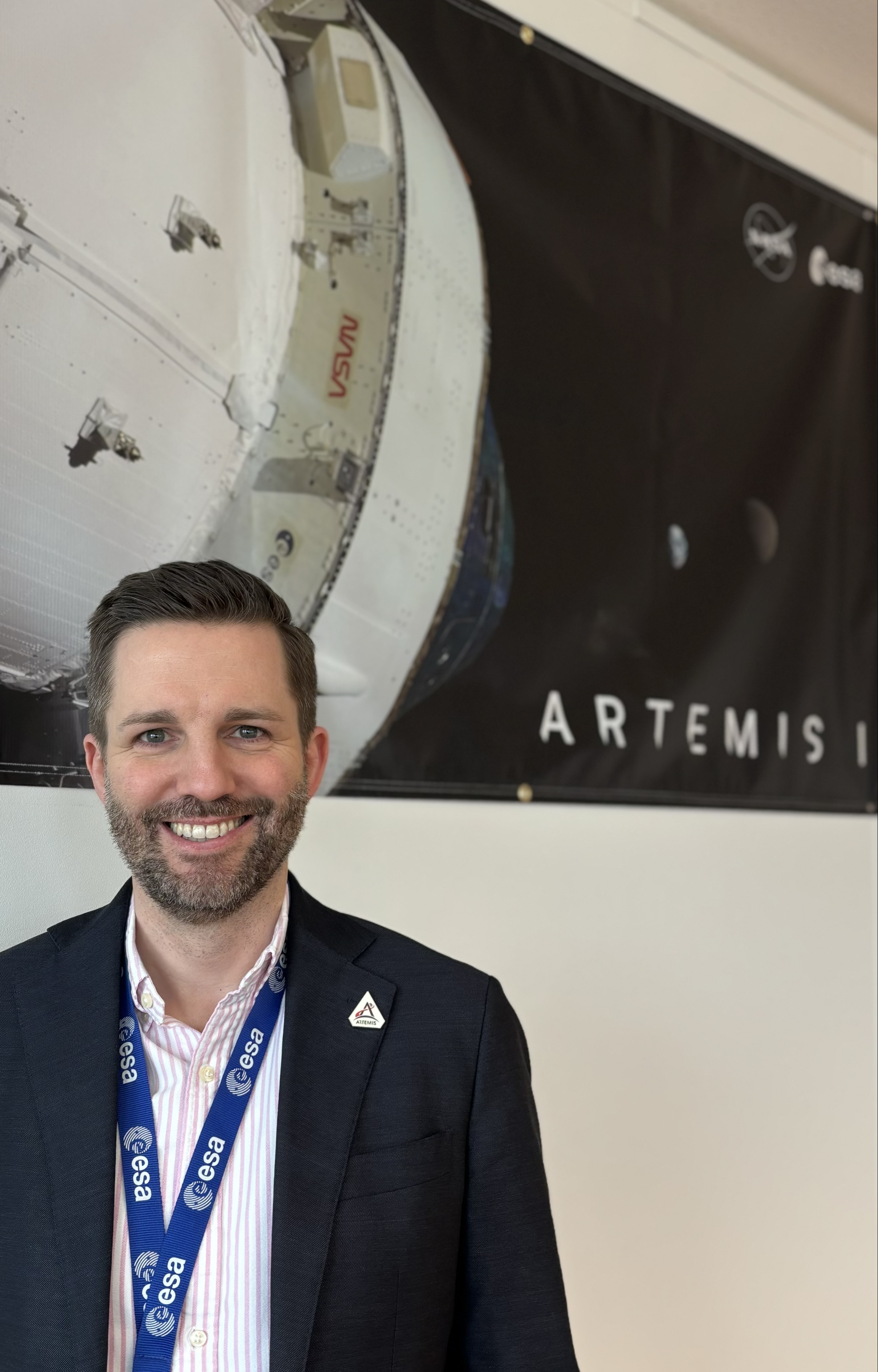
In the ESM team’s meeting room at ESA’s technical heart in the Netherlands, ESTEC. Credit: ESA-M. Deschamps

 Automated Transfer Vehicle page
Automated Transfer Vehicle page ATV blog archive
ATV blog archive
 NASA Orion page
NASA Orion page NASA Artemis
NASA Artemis Airbus Orion page
Airbus Orion page
Discussion: 2 comments
Good work Jan!
Very proud of this gentleman.